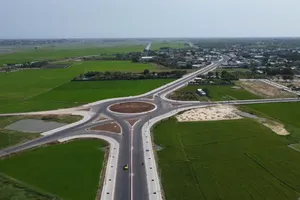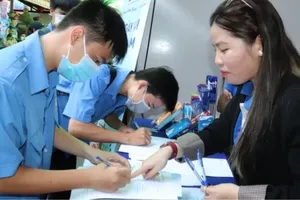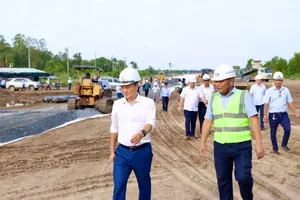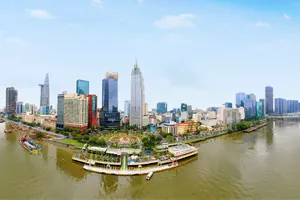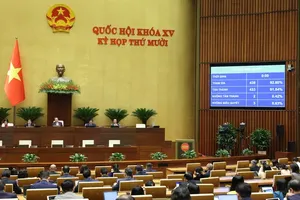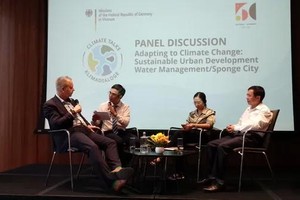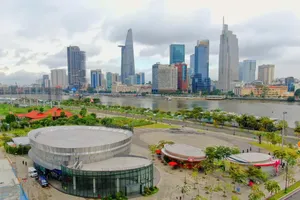
The 175-hectare land of Bau Dung Industrial Park construction project in An Nhon Tay Commune of Cu Chi Suburban District has been proposed to transform into a residential area due to the ‘delayed’ status since 2008. However, 182 households living here still have to endure land use right limits. They cannot divide their land, change the land use purpose, or repair their damaged house. They can only grow short-term crops for their income, making their life rather difficult.
Also living in a suspended planning area, Nguyen Thi Hanh from An Phu Tay Commune of Binh Chanh Suburban District complained that since 1993, she has not been able to do anything from selling, constructing, to growing long-term crops with her 4,000m2 land. This has cost her a great amount of money already.
Sharing a different story is Ha Ngoc Son, whose house is on Street No.9A of Trung Son Residential Area in Hamlet 4B of Binh Hung Commune (Binh Chanh District). Although his neighborhood is almost as modern as Phu My Hung model urban area nearby, with rows of townhouses and newly-built wide roads full of green trees, it is still called a hamlet, which is rather irrational.
Moreover, the population of Binh Hung Commune, at 80,000 residents now, is two times as many as that of several wards in Thu Duc City or District 12. Still running under the commune level, state employees here admitted they are often overloaded with work, especially the three land officials who have to monitor 1,372ha.
Being an outskirt part of HCMC, Hoc Mon Suburban District does not gain much revenues from agricultural activities; yet it still has to maintain a large proportion of land for agricultural purposes.
Without upgrading into an urban district, Hoc Mon cannot have its land better exploited, especially its free land of over 11,000ha that could become a valuable resource for the general growth of HCMC. This is not to mention its bordering area with Long An Province, where new urban areas and industrial parks are being formed.
The localities here shared that despite the large surface area compared to other districts in HCMC and a denser population, the quantity of state officials is not sufficient to effectively perform their tasks due to the suburban district structure. Upgrading into an urban district structure will give more advantages for the management tasks and address many inadequacies now.
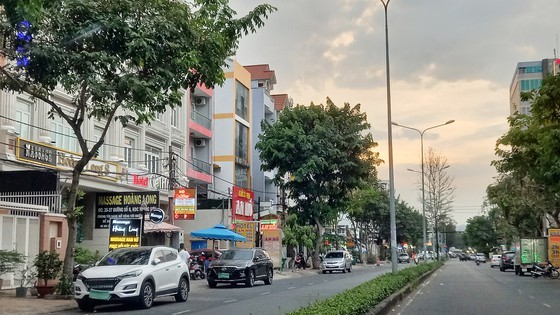
The urbanization process here is quite quick but not in accordance with the approved planning. In particular, housing development mostly happens in Vinh Loc A Commune and Vinh Loc B Commune near District 7, leading to unbalanced population distribution. It seems the suburban district model is no longer suitable for Binh Chanh District, whose socio-economic development and urbanization speed are on the rise.
Planning experts and the local authorities of Cu Chi Suburban District agreed that the district still owns many advantages for further growth such as large land resource, high terrain without subsidence suitable to establish modern urban areas, convenient ground and waterway traffic connecting HCMC to the provinces of Long An, Tay Ninh, and Binh Duong.
Therefore, Cu Chi District can become the core urban area of the three provinces and HCMC, and even the main part in the link to Cambodia and Thailand. An economic model to combine industry – logistics – hi-tech agriculture is ideal for Cu Chi District at the moment.
The master planning of HCMC, approved by the Prime Minister in Decision No.24/QD-TTg on January 6, 2010, states that there will be two large-scaled urban areas in the suburban districts of the city, namely the 6,000-hectare Northwest Urban Area, sited in the suburban districts of Cu Chi and Hoc Mon; and 3,900-hectare Hiep Phuoc Port Urban Area in Nha Be Suburban District.
In addition, there will be some new residential areas near current towns and industrial parks North of HCMC in the suburban districts of Cu Chi and Hoc Mon; some residential clusters West and South of HCMC in the suburban districts of Binh Chanh and Nha Be, respectively, to protect the existing river system.
The land resource of 43,600ha in the suburban districts of Cu Chi, Hoc Mon, Binh Chanh, Nha Be, and Can Gio must also be protected to form three ecological routes combining with the agricultural and reserved land there. This will create a green open space in the North, West, and South of HCMC.
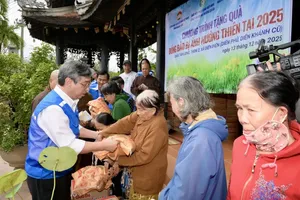


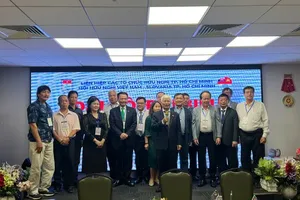

)

